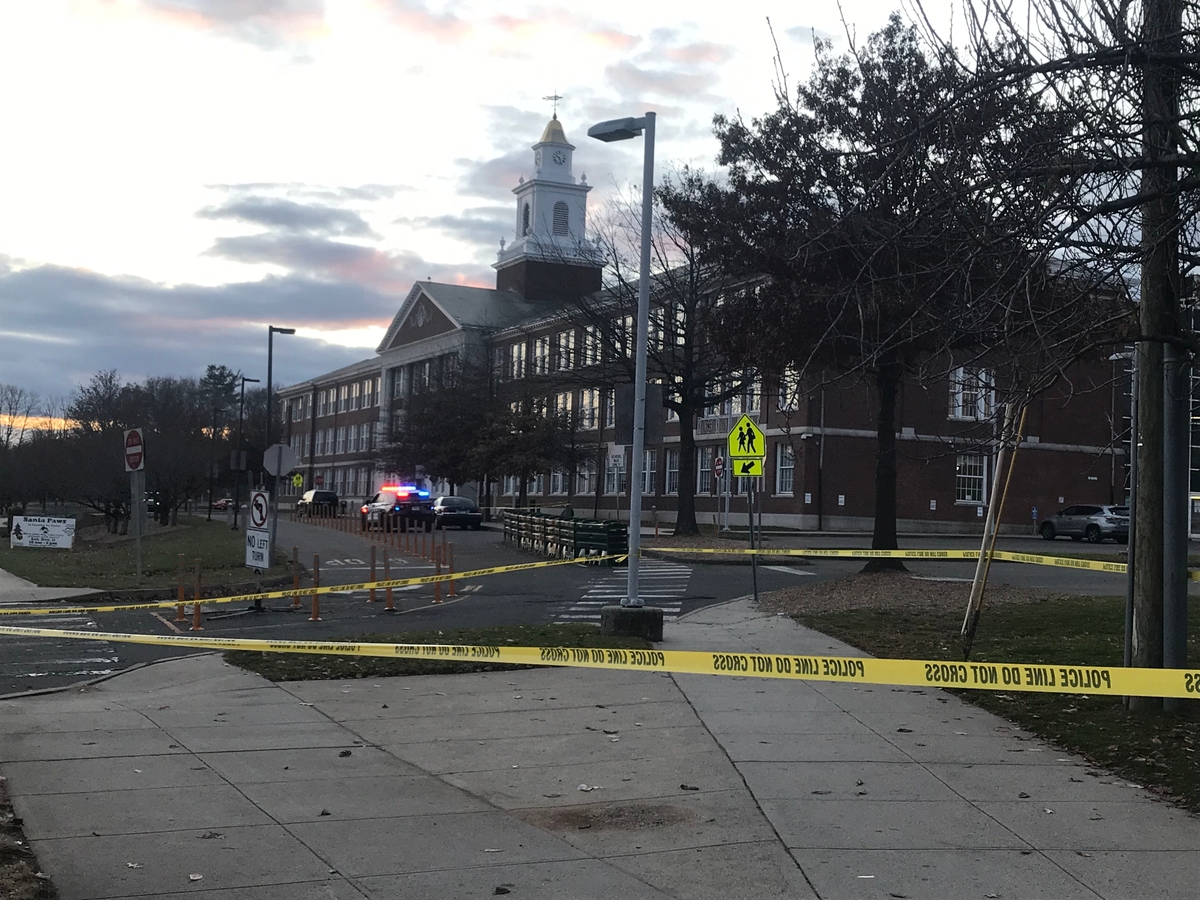
Nora Grace-Flood Photo
Active shooter drills have become a sad necessity in US schools, but they are not sufficient for preventing active shooters or promoting student safety. We need to shift the discourse about school shootings from what happens when a shooter enters the building to what is happening, relationally and social-emotionally, in the school at all times.
The first line of defense is, of course, more laws regulating gun storage and red flag procedures, but I will leave that matter to other experts and advocates.
School leaders have more influence on school safety, beyond holding active shooter drills. It will take targeted funding and, in some cases, political pressure from the public, for them to execute that influence.
As a public school educator and scholar of educational leadership, I have been studying preventative school disciplinary models for the past decade. We have at least 30 years’ worth of evidence that zero tolerance policies, such as compulsory suspension, scanning machines, and police in schools, negatively impact students on every level, from academics to mental health. Non-punitive or “positive” discipline strategies, like restorative justice practices, social emotional curricula, and positive behavioral interventions, correlate with a better school climate and lower suspension rates. These require designated times of day for checking in and building relationships, as well as clear channels of communication among teachers, counselors, and leadership.
Even the most dedicated school counselors and educators tell me they struggle to sustain these strategies.
When during a school day is a teacher supposed to have a lengthy check-in with that student whose head was down in third period? Is there a classroom we can borrow to hold an emergency mediation between those two students who just fought, and are there enough counselors who know them well and can keep them from fighting again? When do all of the adult staff have time to build their own trust and relationships with each other?
Too often, districts will do lip service to preventative measures by outlining them in their codes of conduct, but not provide solutions for adequate support, time, and space. In a vicious cycle, then, schools do not respond adequately to student distress — only its most drastic symptom: violence.
Oxford Community Schools in Michigan, the site of the country’s most recent horrific school shooting, is a prime example of this disconnect between policy and resources.
The school’s website, replete with a long schedule of active shooter drills, has no mention of staff or activities related to restorative justice or designated social emotional counselors. While the district code of conduct vaguely encourages preventative discipline, it is unclear whether schools are held accountable for using alternatives to exclusion.
The remaining pages of the 38 page code instead detail the circumstances in which various exclusionary measures can be taken.
This protects students from suspension, but it also protects school leaders from being held responsible for preventing school shootings.
In his address to parents and students, Oxford Superintendent Tim Throne eluded questions about discipline or the school’s response. He could afford to. Having a deadly weapon is not grounds for a suspension in Oxford Community Schools, unless school officials knew about the weapon; knew the student intended to use it for harm; and can prove the student has a prior discipline record. As far as we know (more information will likely come out in the coming months), none of these was true, in Crumbley’s case. For now, he cannot be suspended, and school officials cannot be held accountable.
On November 29th, Oxford high school officials told James and Jennifer Crumbley to take their son home and put him in counseling — a preventative and non-punitive response, by all definitions. But then what happened? His parents refused, and under school counselors’ advisement, “he was allowed back to class.” This is not prevention or non-punitive discipline. This is avoidance, in a legal system where schools have a scant history of being held accountable for preventing school shootings. If his parents could not ensure his safety outside of school, he should have been kept in a safe place inside the school. A search warrant would not be inappropriate, though given his graffiti cries for help, Crumbley may have easily surrendered his weapon to a trusted adult.
Preventative approaches do not negate the need for searches or suspension. They create capacity for caring and for resolutions to conflict. The more school leaders hold students in their everyday experience, the more easily they can hold their pain.
Hilary Lustick, a faculty member at University of Massachusetts’ Lowell’s School of Education, studies restorative justice and school discipline reform, mostly in urban public high schools.


So school resource officers and metal detectors are causing undue mental distress for students, well too bad. I send my child to school to learn and that’s about it, how the school chooses to protect itself is not their concern, you have two jobs in high school, learn and leave, simple.
This article and strategies mentioned reads like a social justice course in college.
As far a restorative justice, that’s a joke, just ask the Waukesha families about it. The majority of the time as it relates to recognizing active shooters, the MAJORITY of the time the signs are there based on all the data it’s just that no one bothered to say anything for fear of falsely accusing a student and having to deal with the backlash if they’re wrong or just brushing it off.